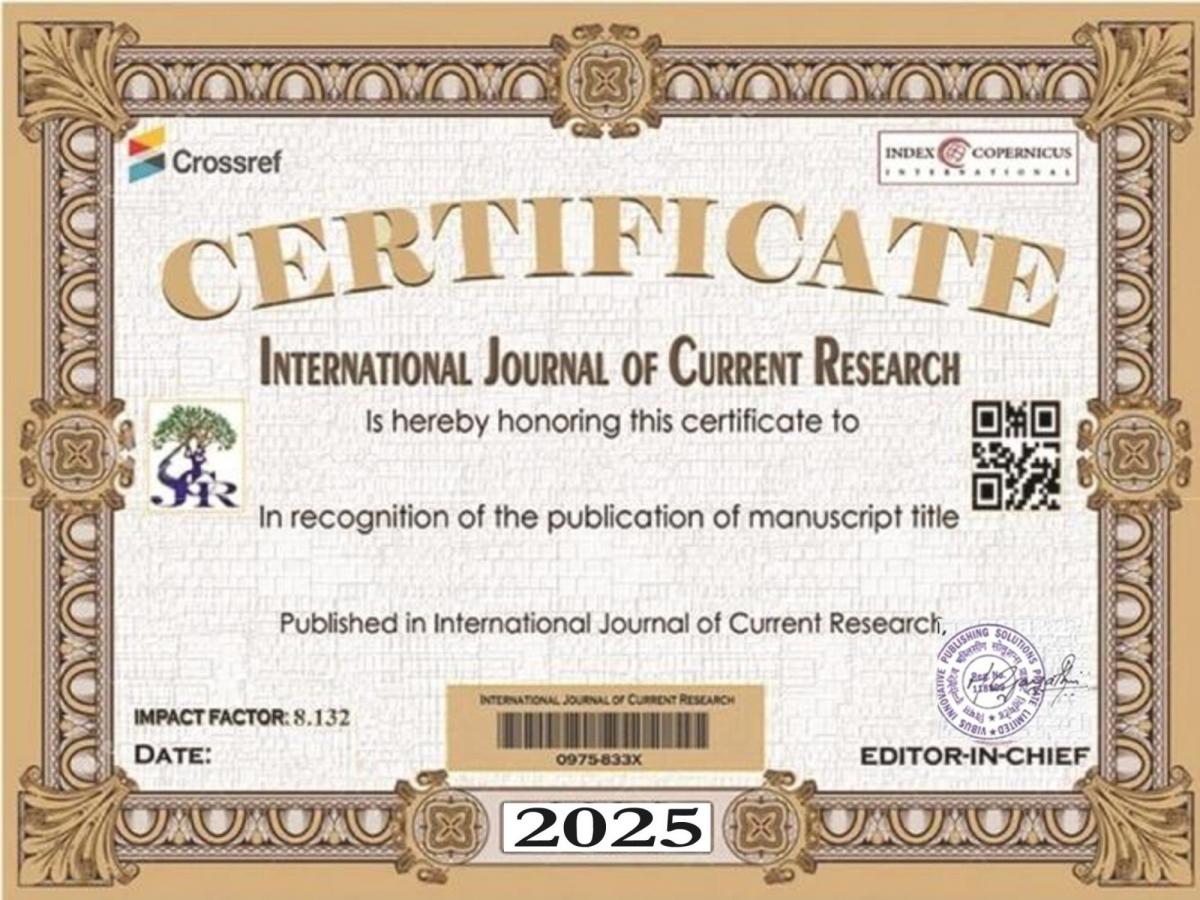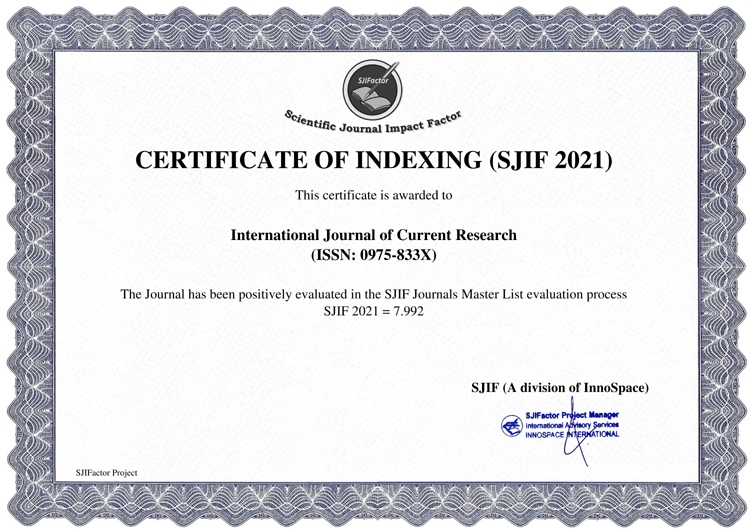Objectives: This study investigated the prevalence of gastro- intestinal parasites among patients attending a secondary health care facility in Dadin Kowa community, Jos metropolis, North Central Nigeria. Methods: Fecal samples from 300 patients were examined microscopically using formal ether concentration technique. Results: Out of 300 stool samples examined the overall prevalence of intestinal parasites was 43(14.3%).The males had the highest with 16(16.5%) while the females had 27(13.3%).Patients in age group 21-40 years had the highest with 26(16.6%) while age group 1-20 years had the lowest with 10(11.0%).The study revealed that those patients that uses water closet system had the lowest prevalence of 3(3.0%), followed by those using pit latrines with 18(16.4%), while those that usually defecate indiscriminately in the bush/open air had the highest with 22 (24.4%). The study reveals that those with non-formal education had the highest with 18(22.5%), followed by those with primary education with 13(21.7%), those with secondary education had 7(10.0%), and those with tertiary education had the least with 5(5.6%).The study indicates that those using ponds/stream water as sources of drinking /domestic purposes had the highest with 6(60%),followed by those using well water with 34(37.8%) and the least were among those using tap/bottled water with 3(1.5%) .The gastrointestinal parasites recovered in the study area were Entamoeba histolytica, Ascaris lumbricoides, Hookworm and Schistosoma mansoni having a prevalence of 8.7%, 3.7%, 1.3% and 0.7% respectively. Conclusion: The high prevalence recorded was found to be associated with poverty, illiteracy, poor water supply and poor environmental sanitation.





